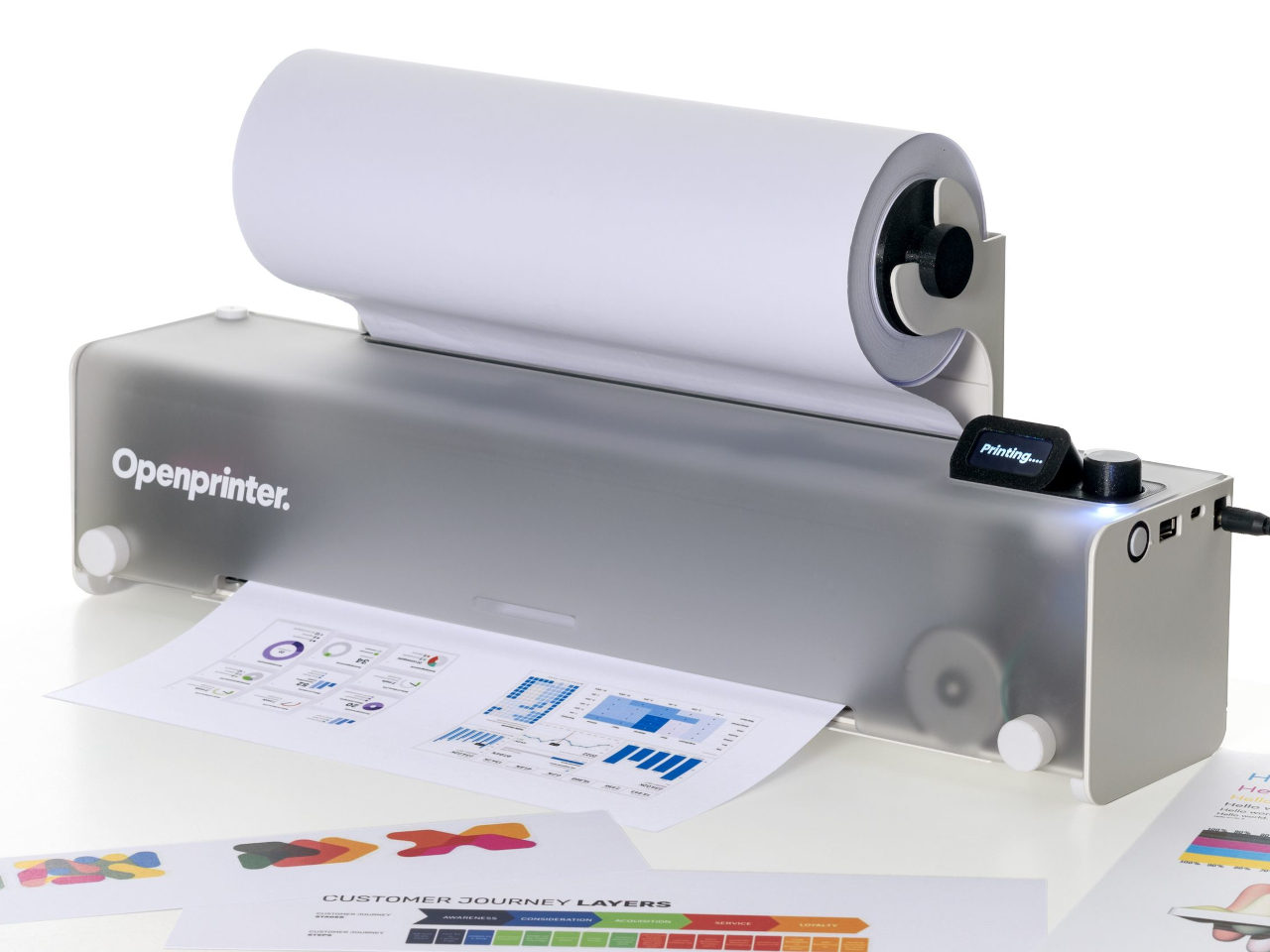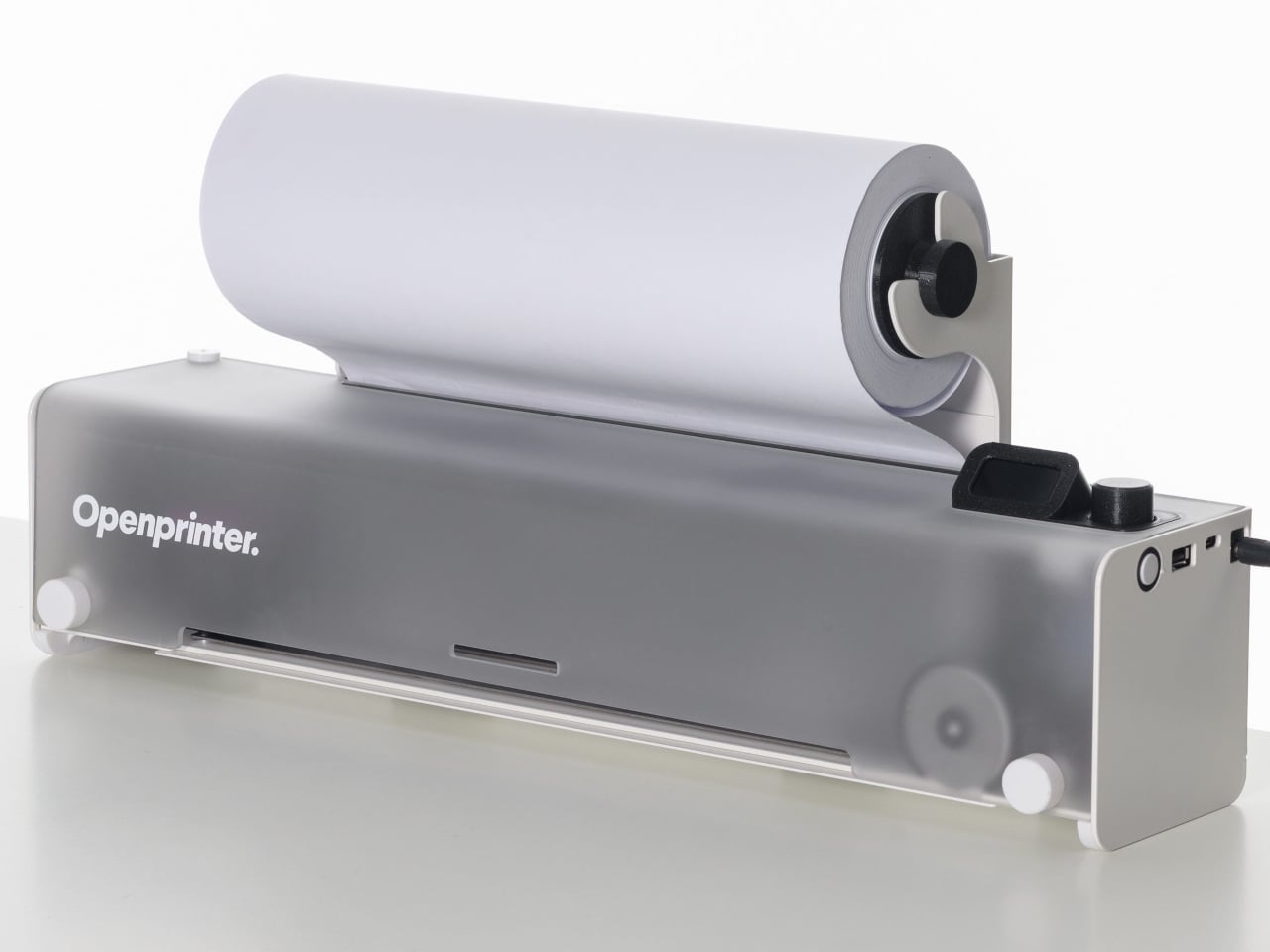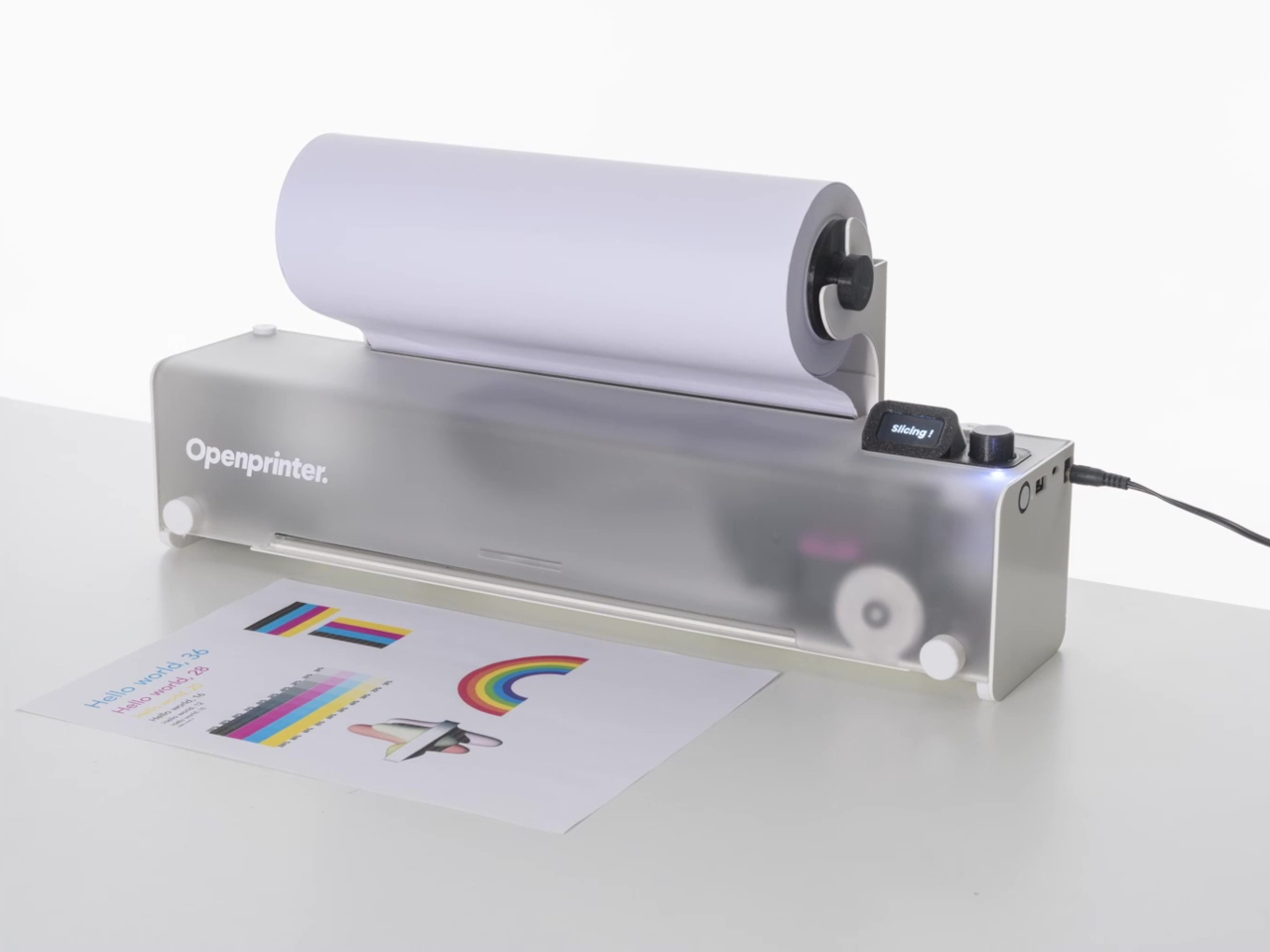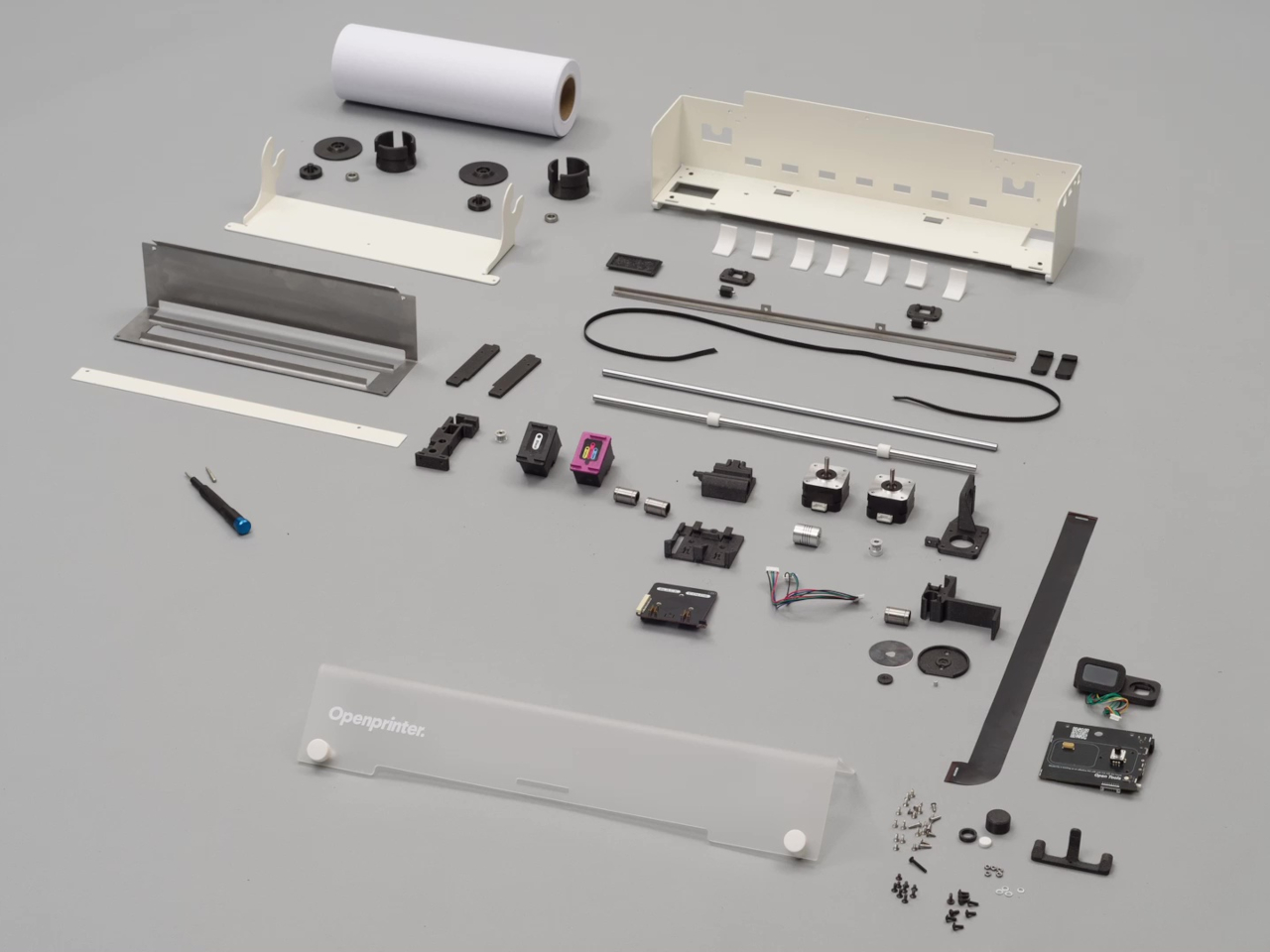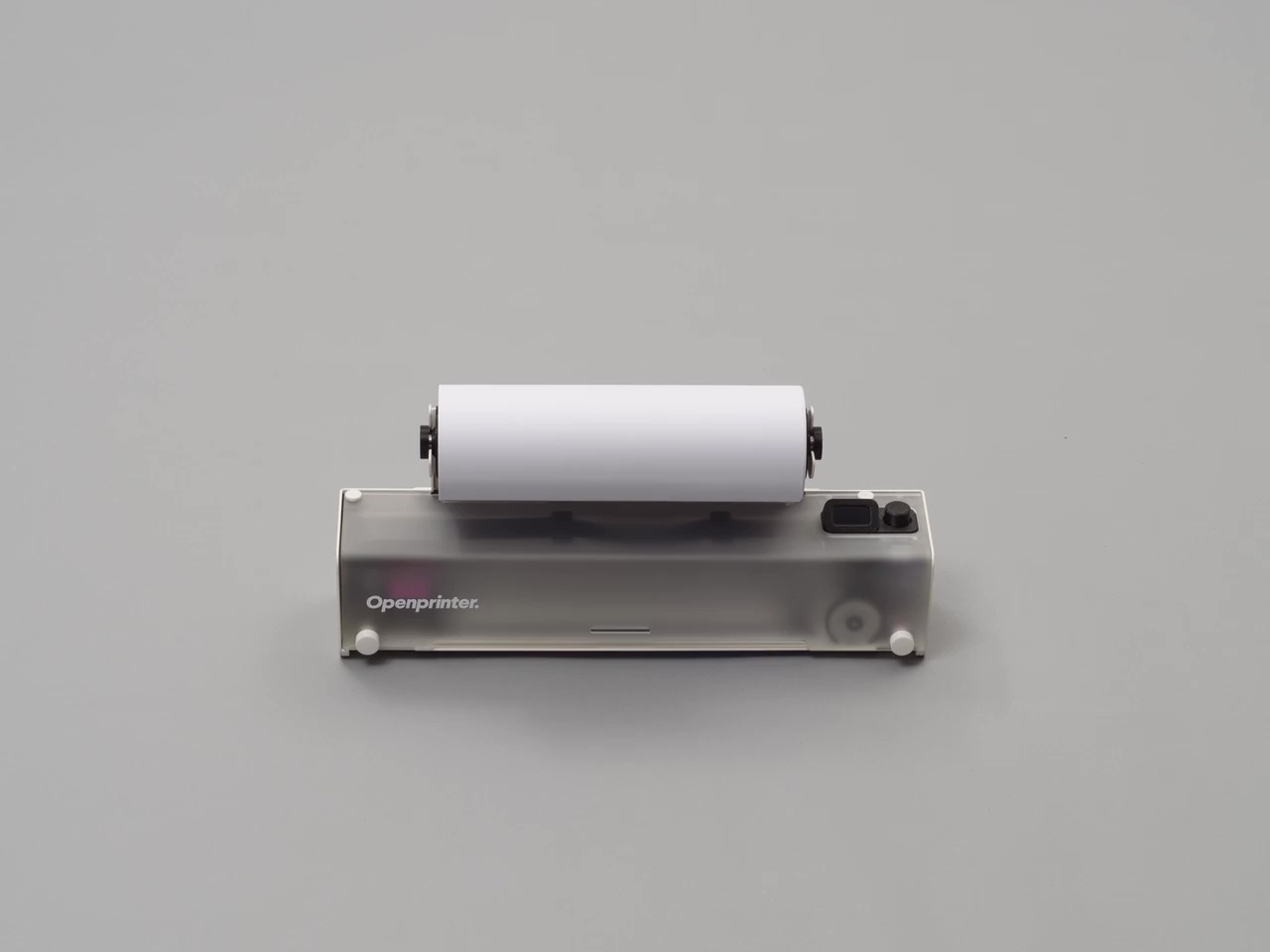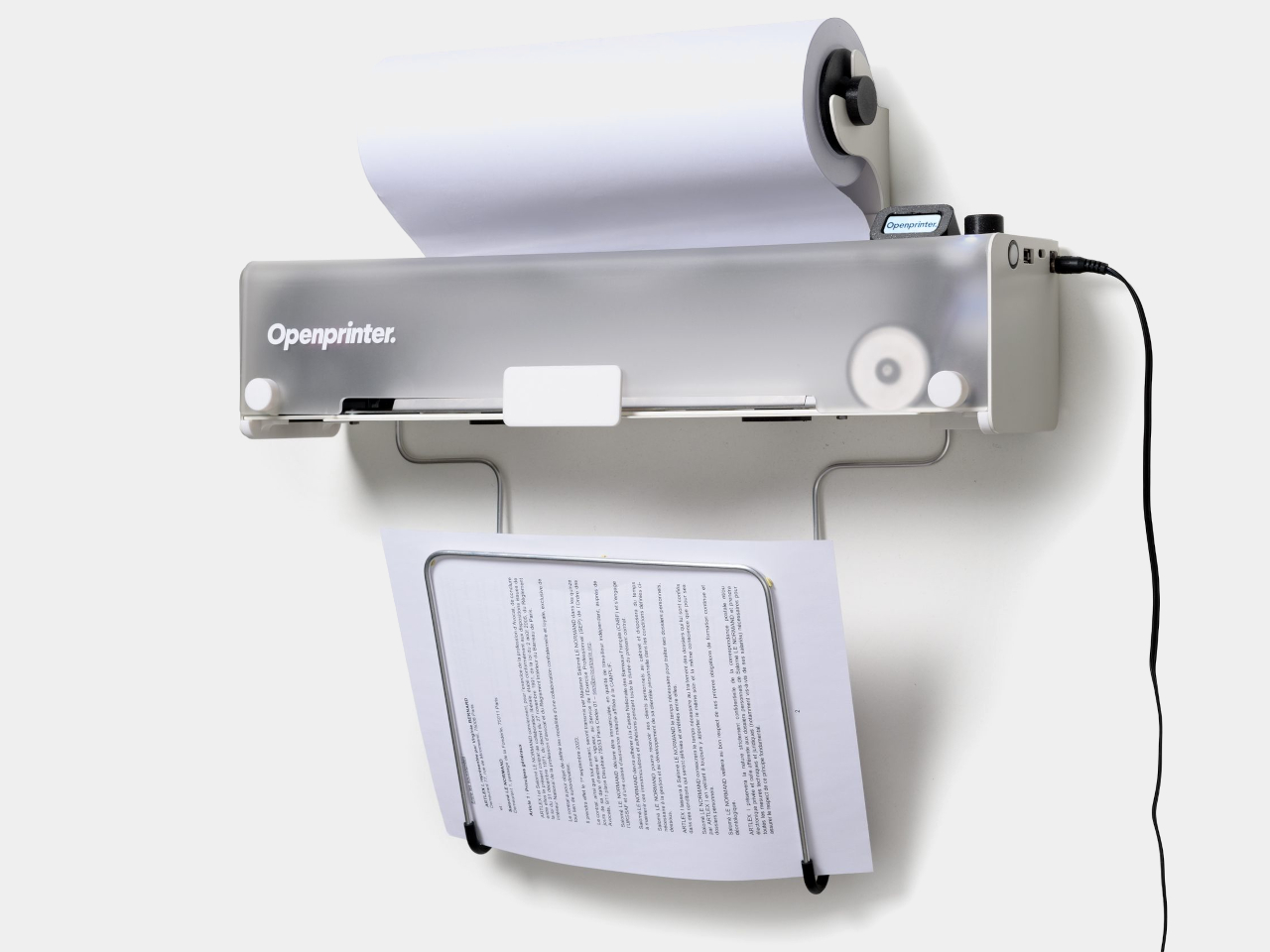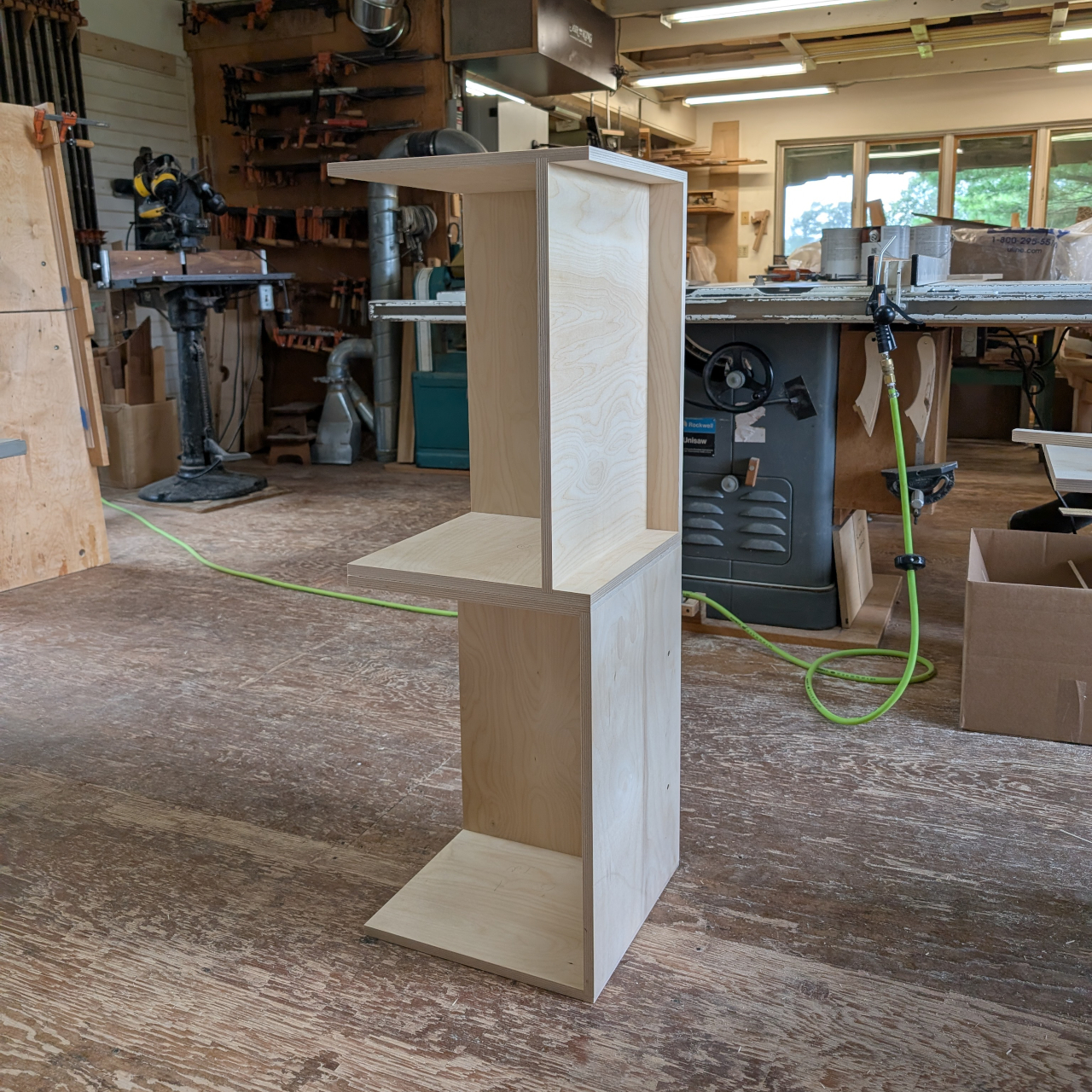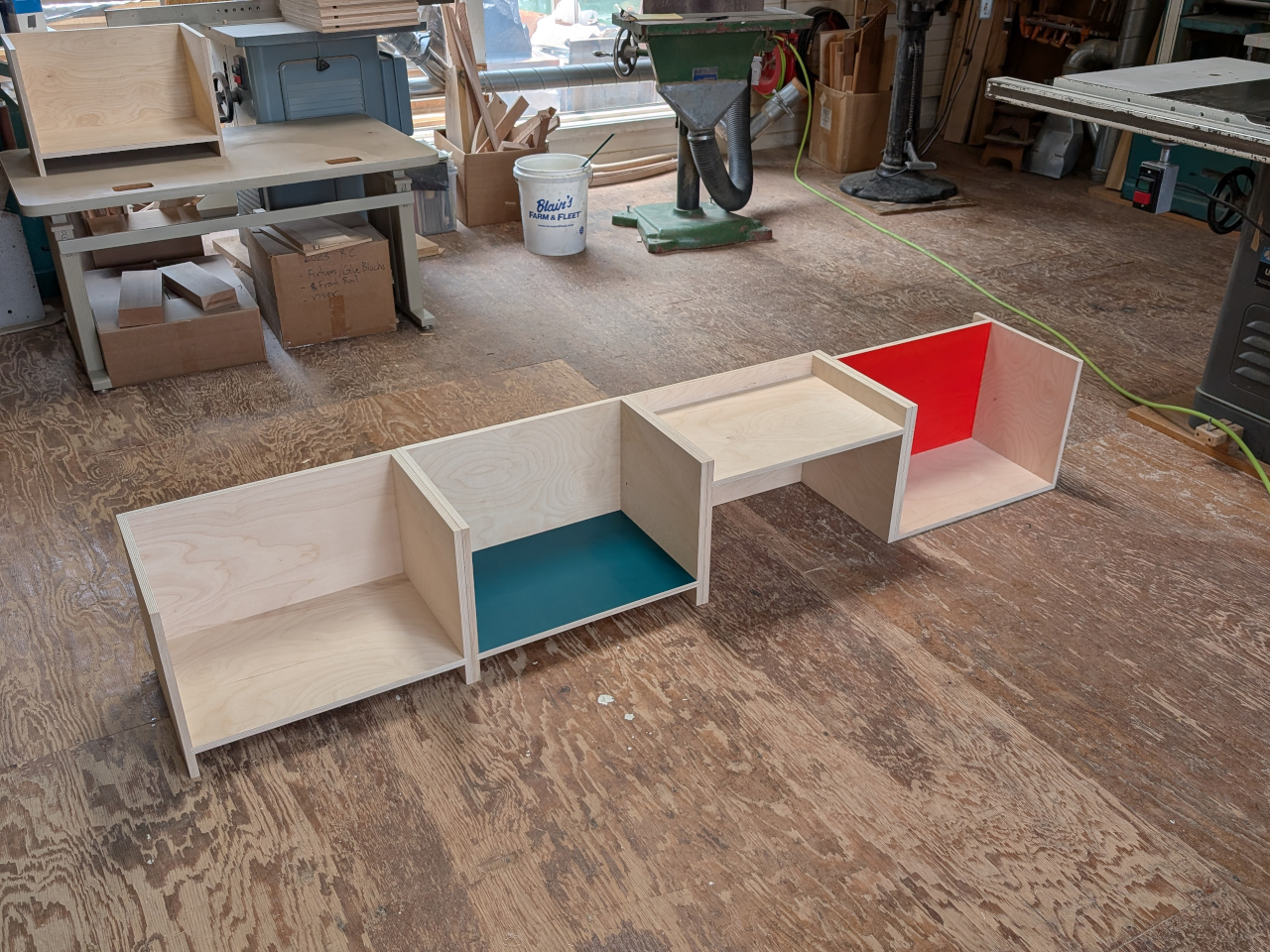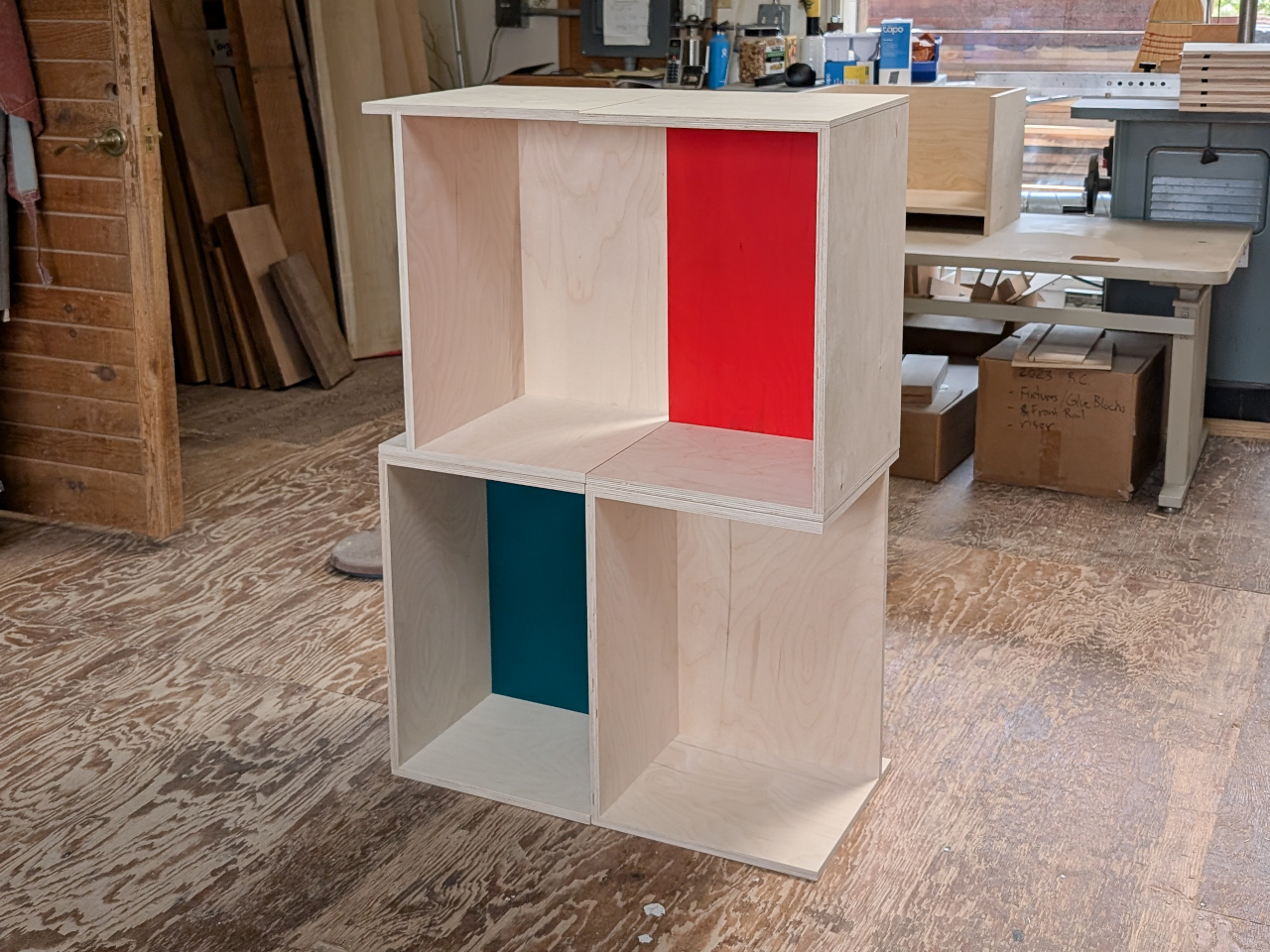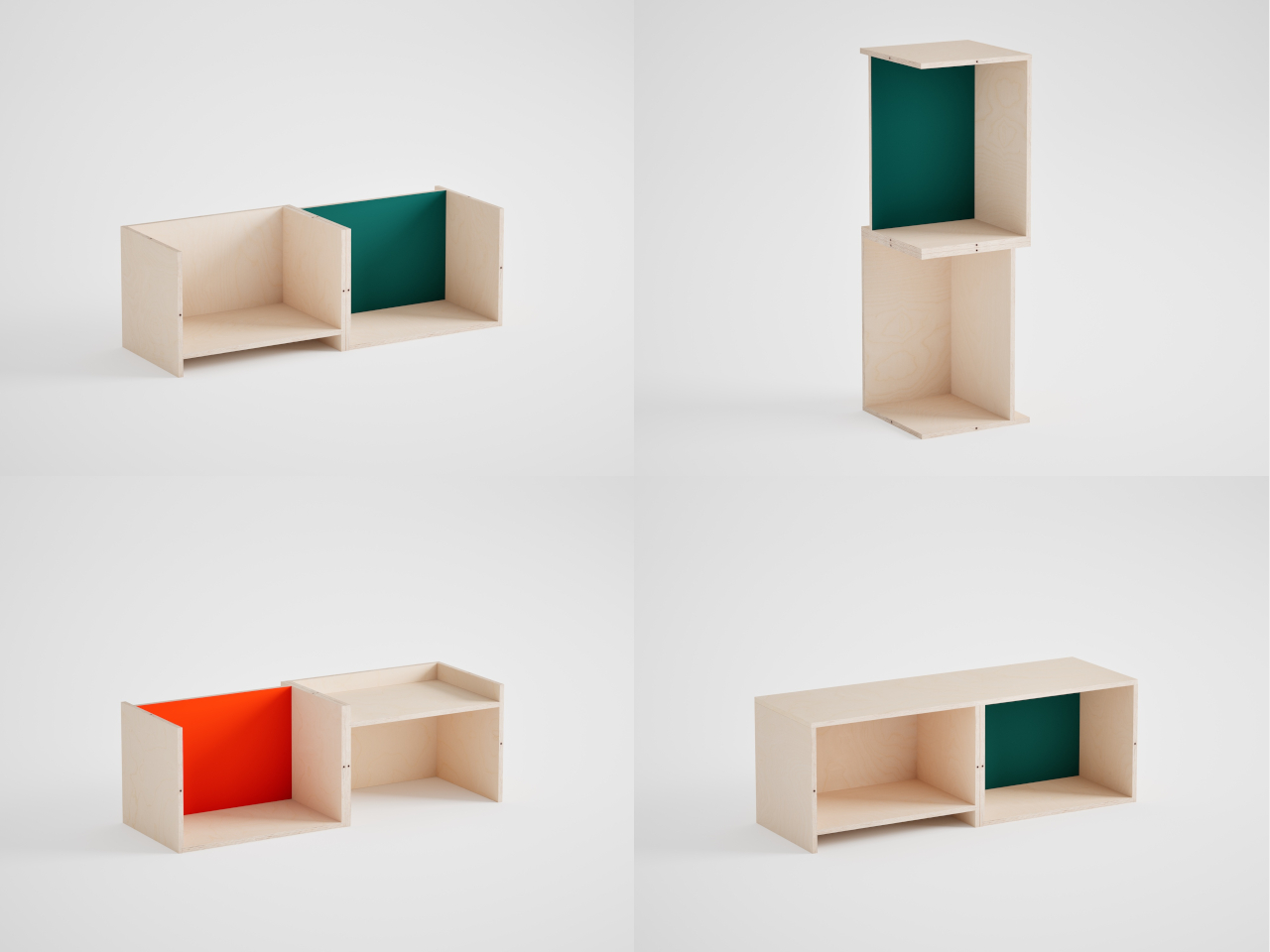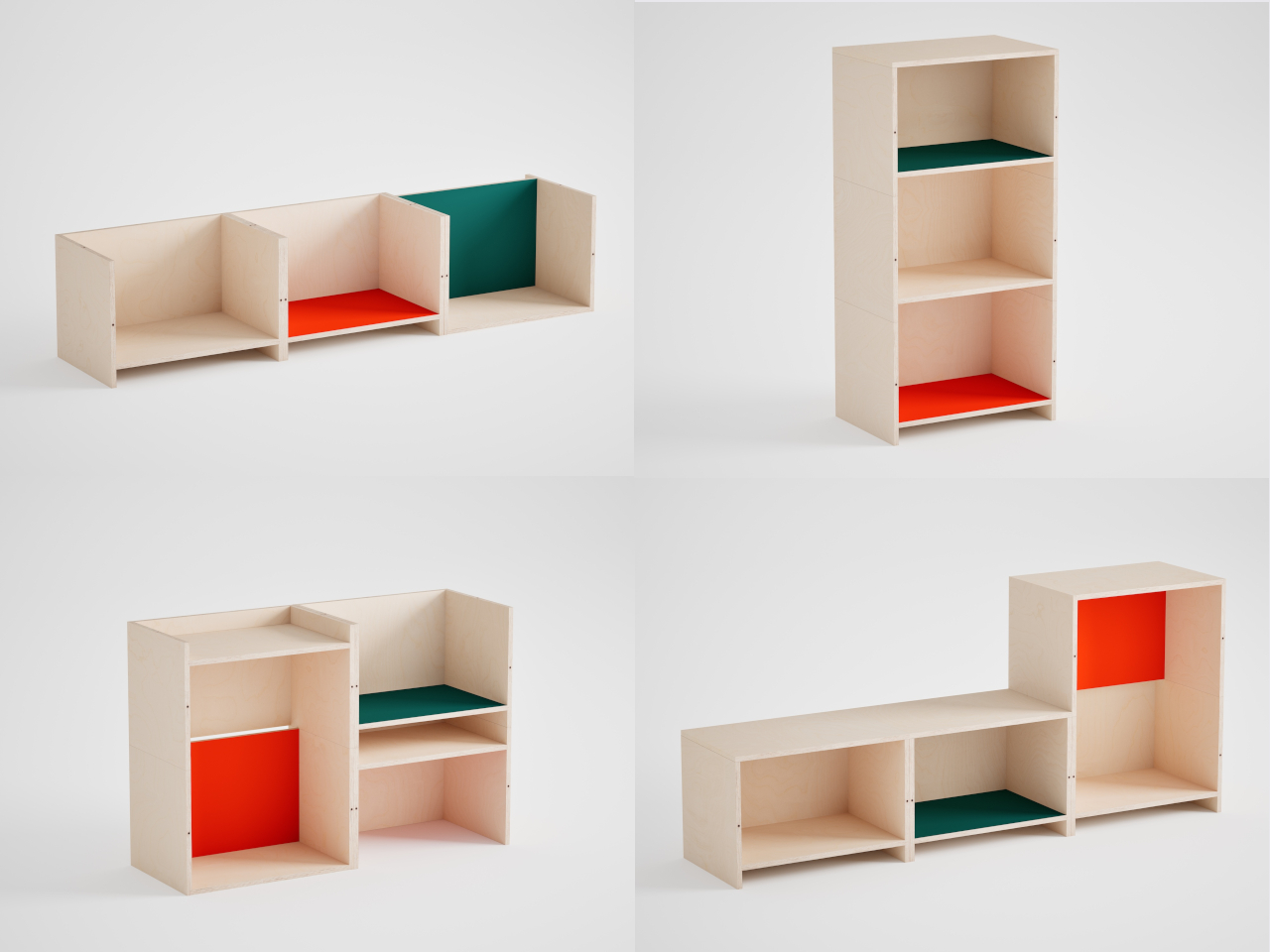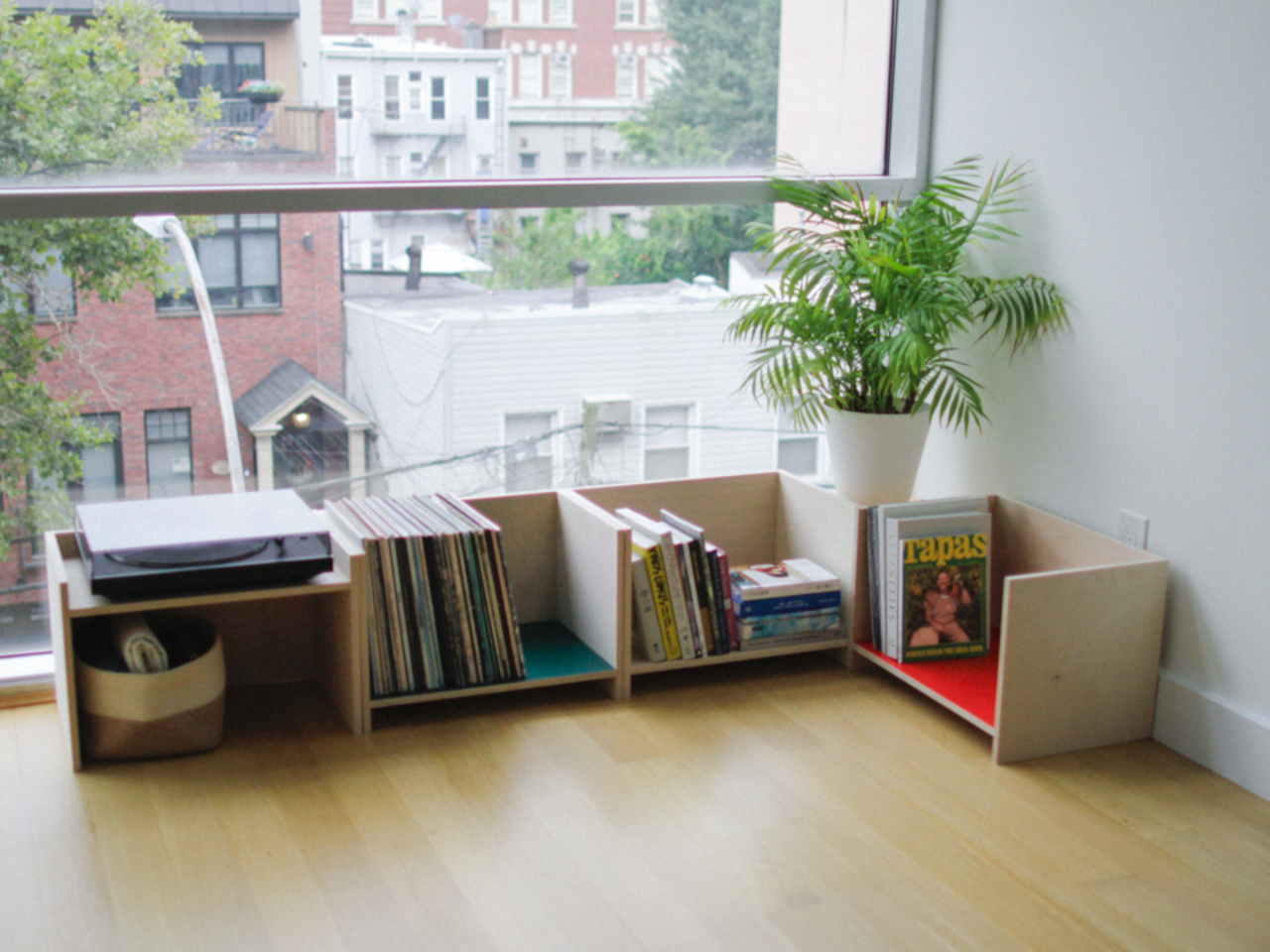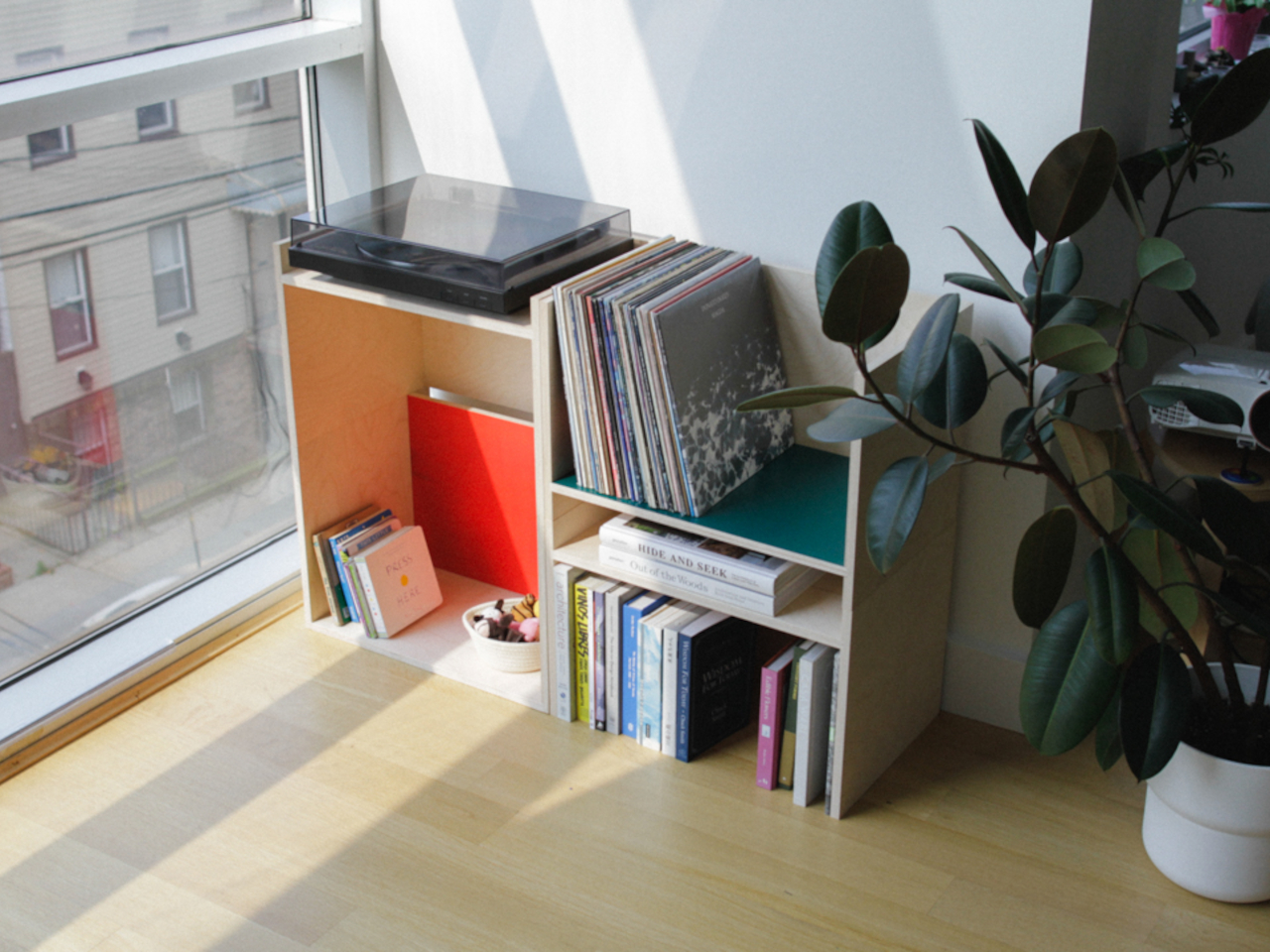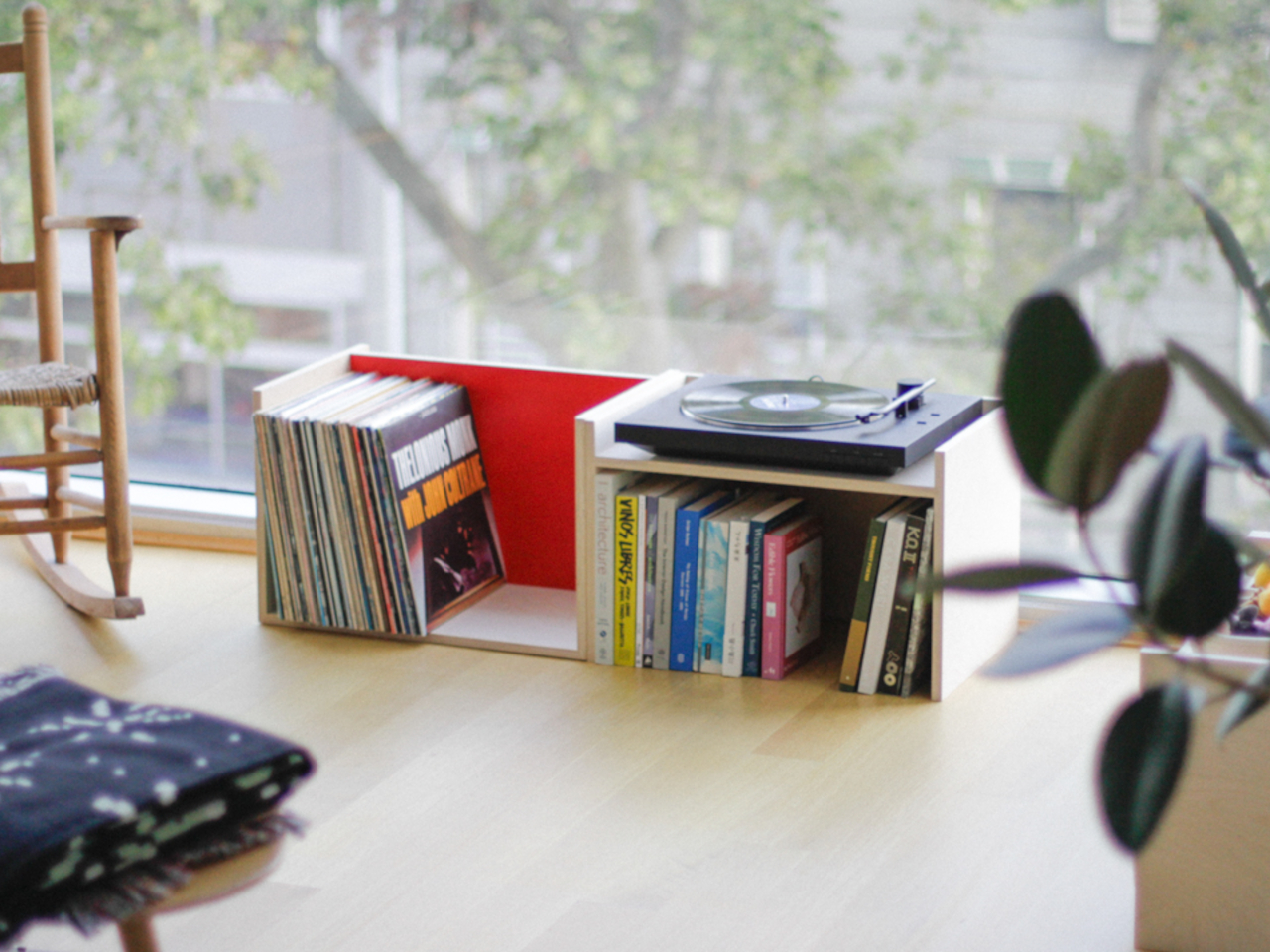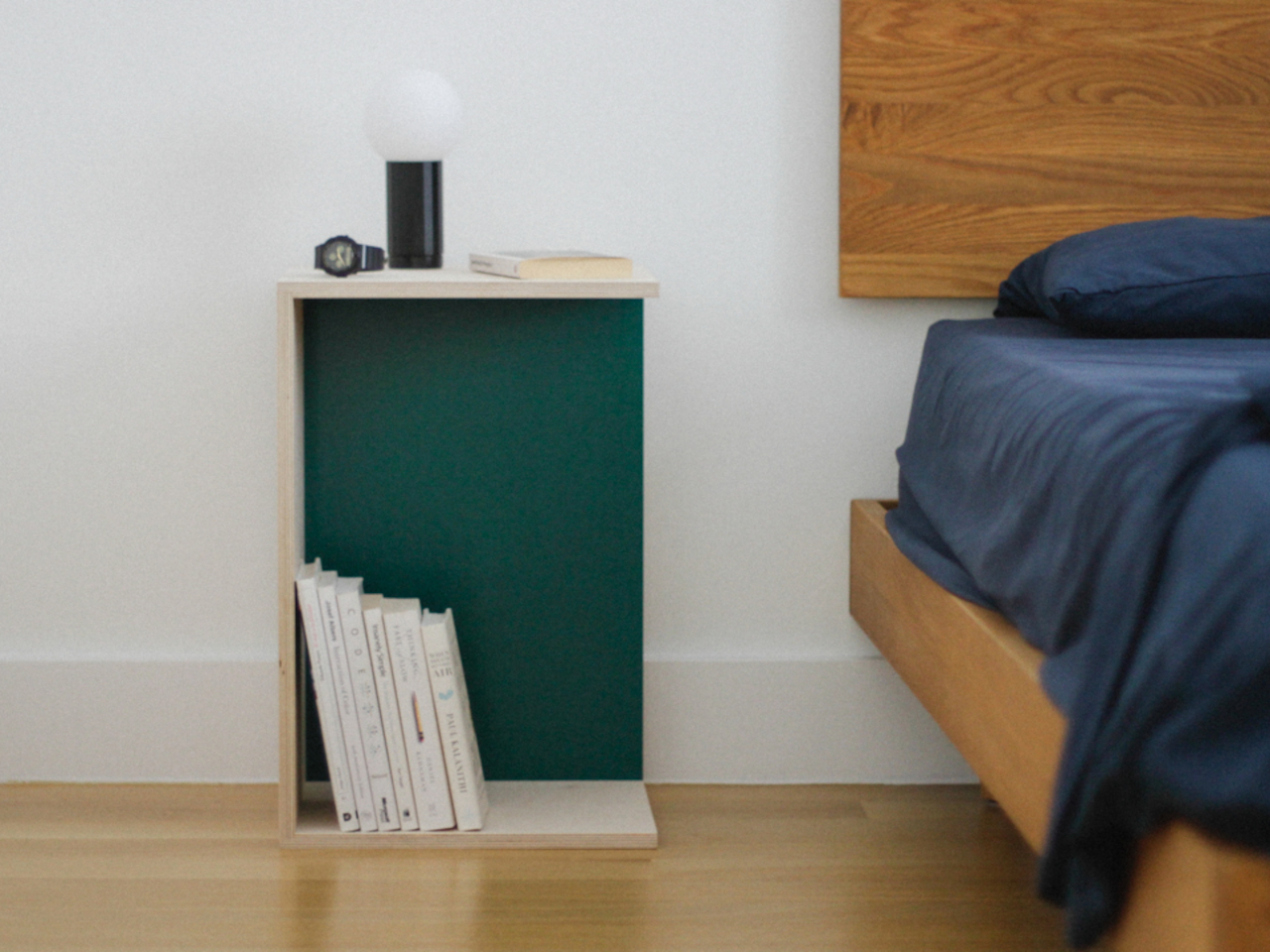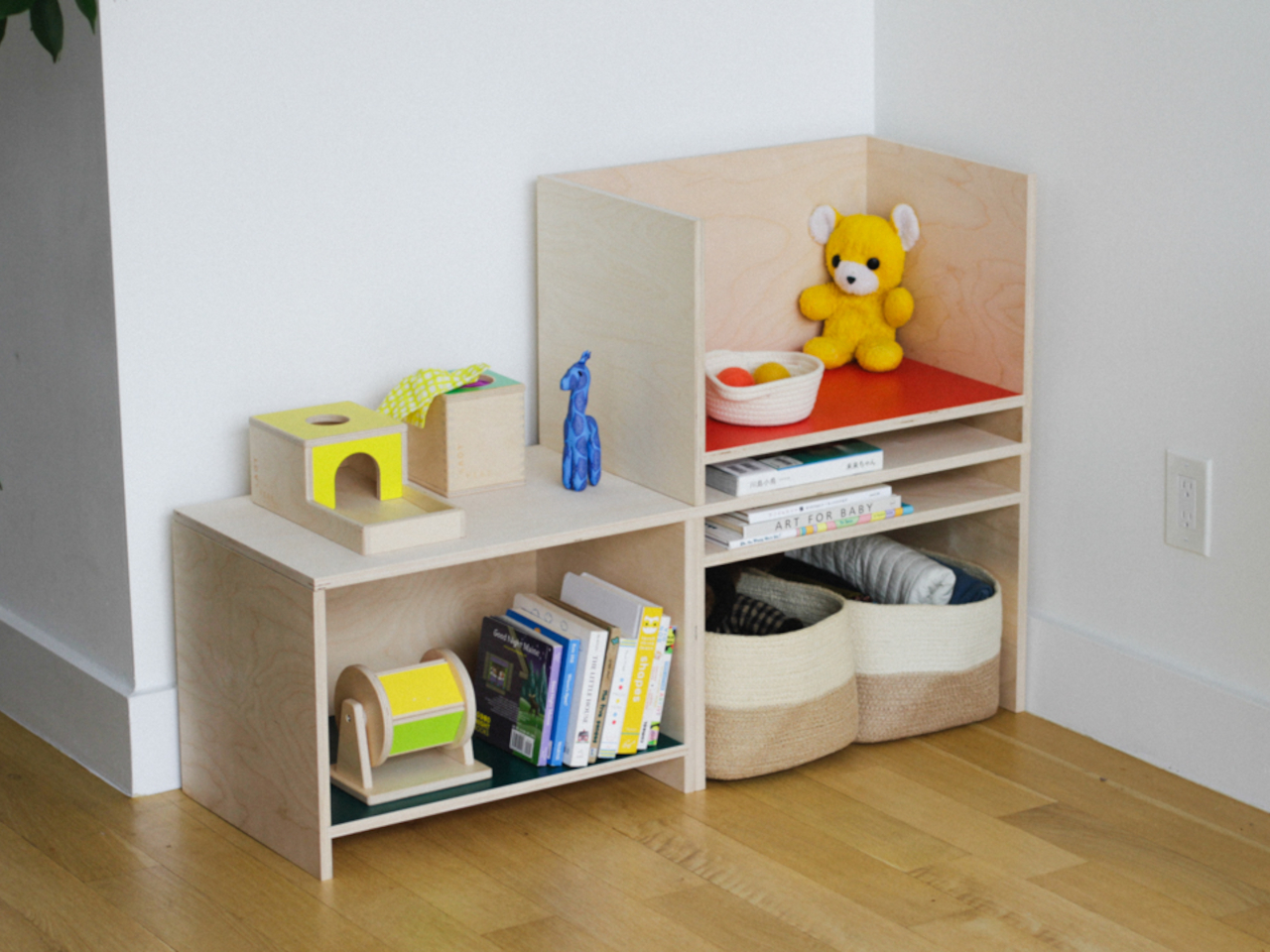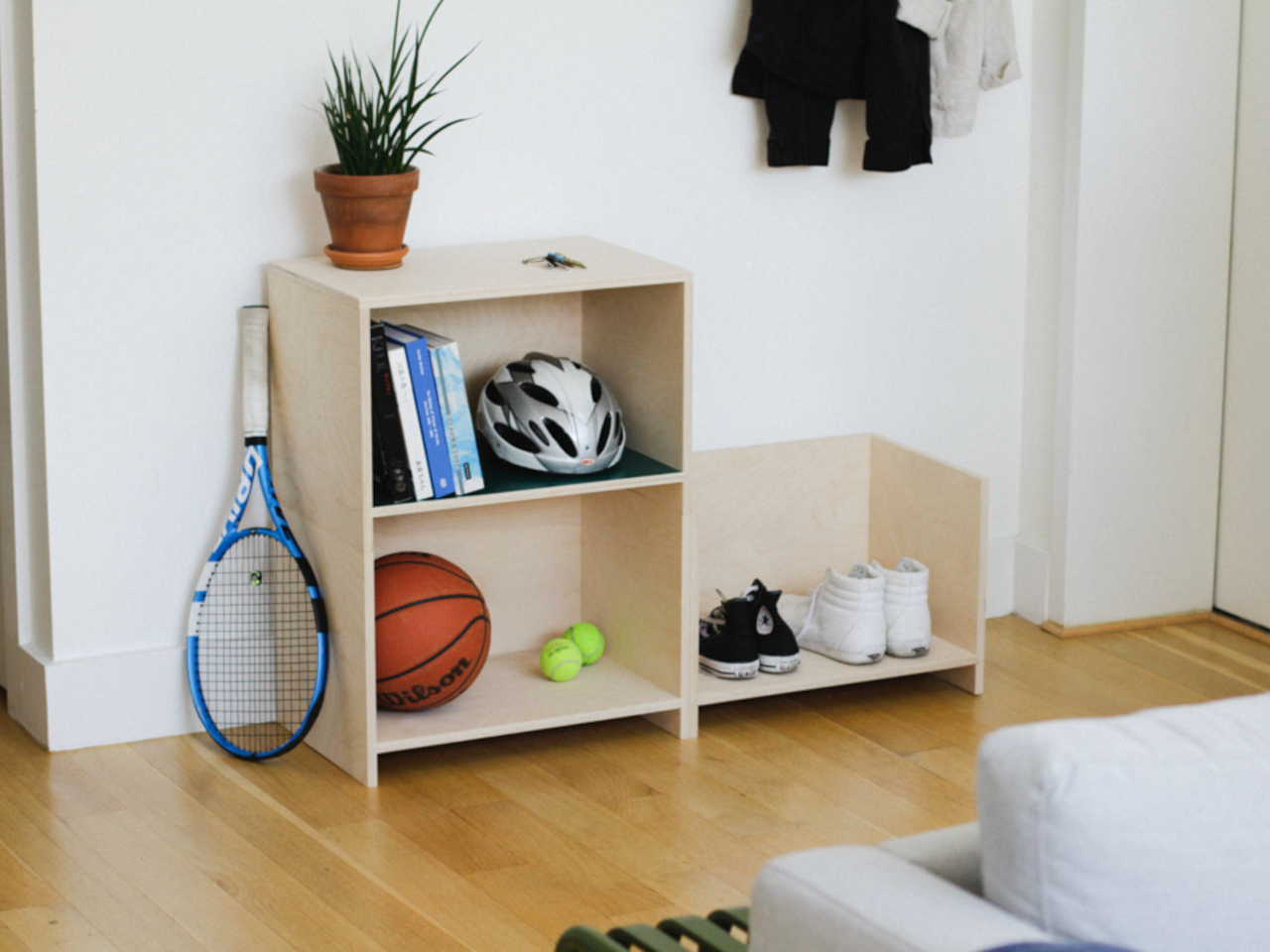This Card Holder Has Magnetic Pens, a Ruler, and Hidden Compass

Most of us have been caught without a pen when inspiration strikes or a quick note needs jotting down. Carrying a full pencil case feels clunky for everyday life, but going without means missing out on spontaneous sketches, reminders, or ideas that slip away before you get home to your desk.
The Gifted concept reimagines everyday writing tools as a slim, modular set that fits in your pocket. Designed by Mingzhou Gu, this card holder blends writing instruments, a ruler, and magnetic modularity into a single, minimalist accessory that’s always ready when creativity calls or practical needs arise.
Designer: Mingzhou Gu
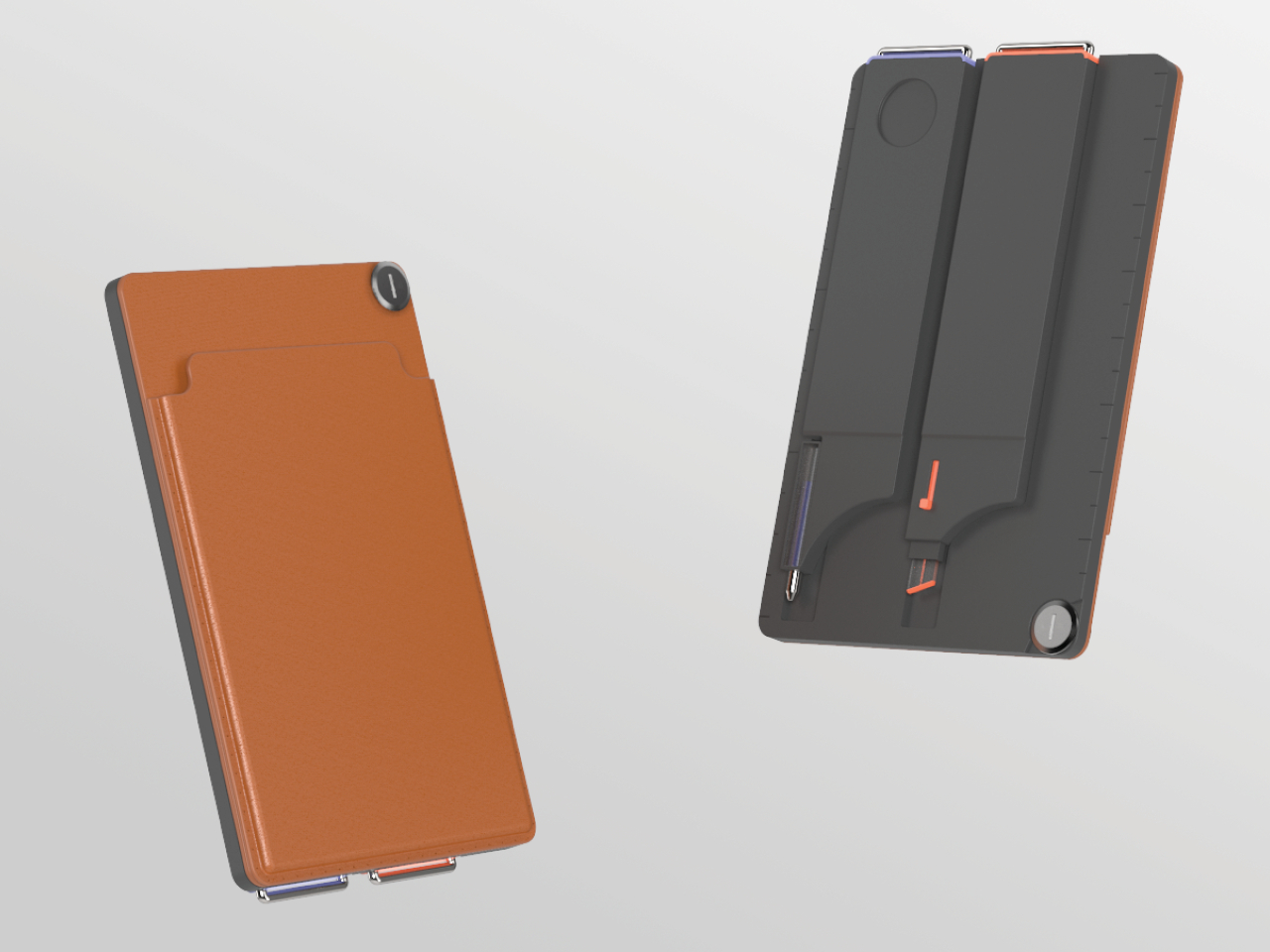
Gifted’s design centers on flexibility and simplicity through thoughtful modularity. The slim card holder features two magnetic slots on the back, each holding a writing tool that slides out easily when needed. You can choose between a pen, pencil, or marker depending on your daily tasks, swapping modules to match your workflow.
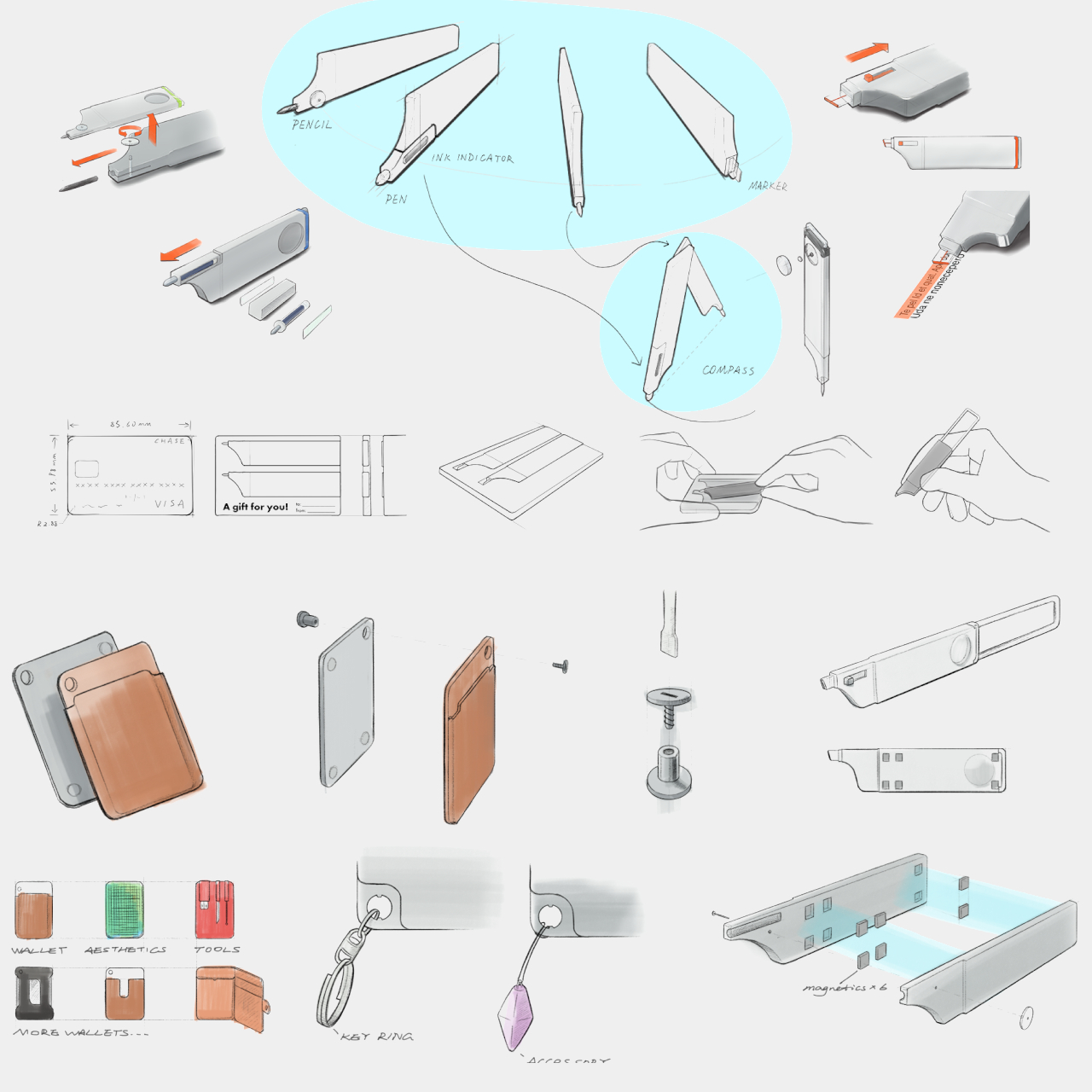
Some writing tool modules hide a foldout compass inside their bodies, adding a subtle layer of utility for sketching diagrams, navigating, or just satisfying the inner adventurer. This clever detail speaks to users who appreciate when functional objects contain small surprises that enhance their usefulness without adding bulk or complexity.
The card holder doubles as a straightedge, with ruler markings along one edge for quick measurements or drawing straight lines on the fly. The brown leather or vegan leather pocket holds several cards securely, while a pull-tab makes access effortless even when your hands are full or you’re juggling multiple items.
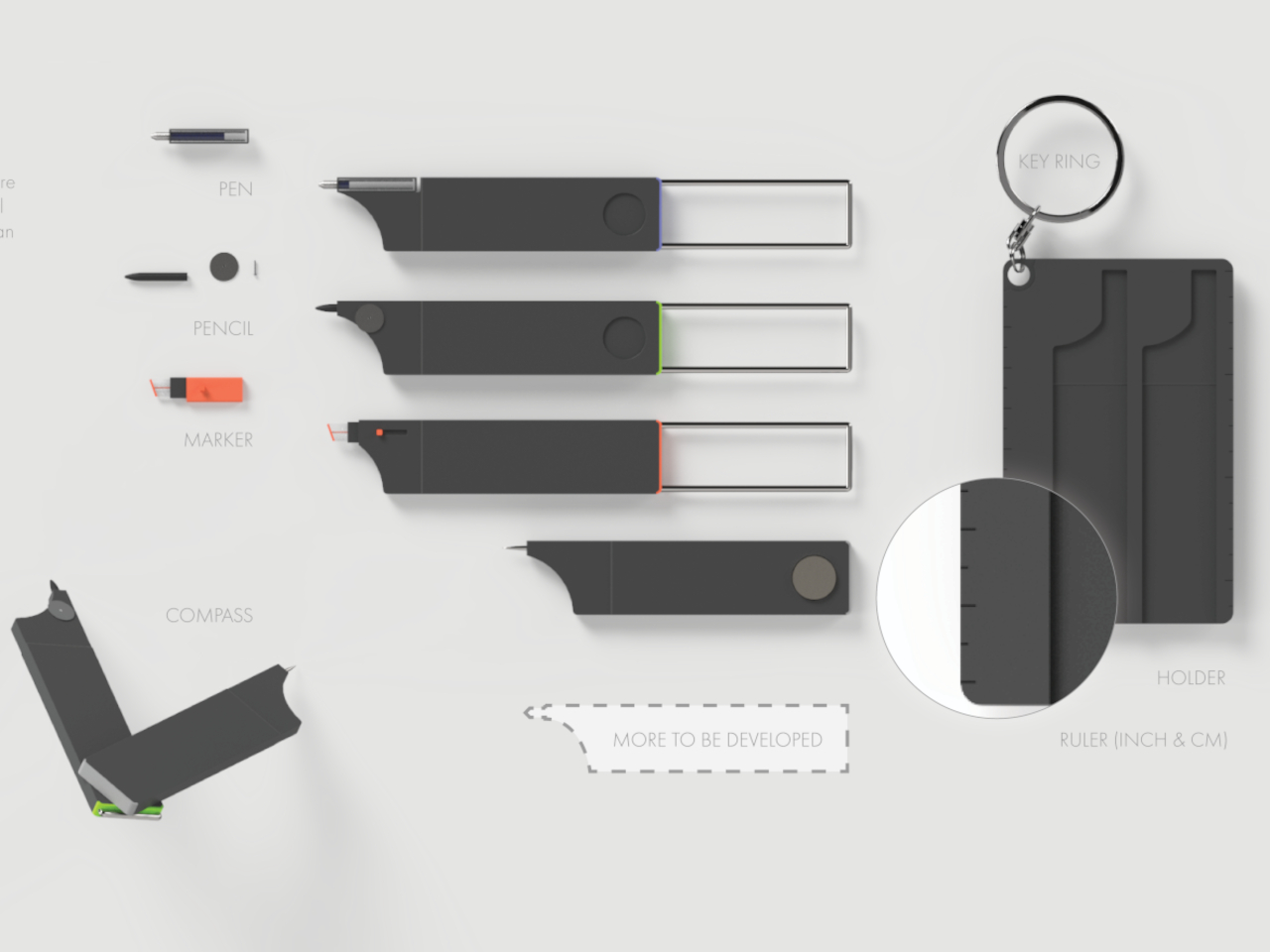
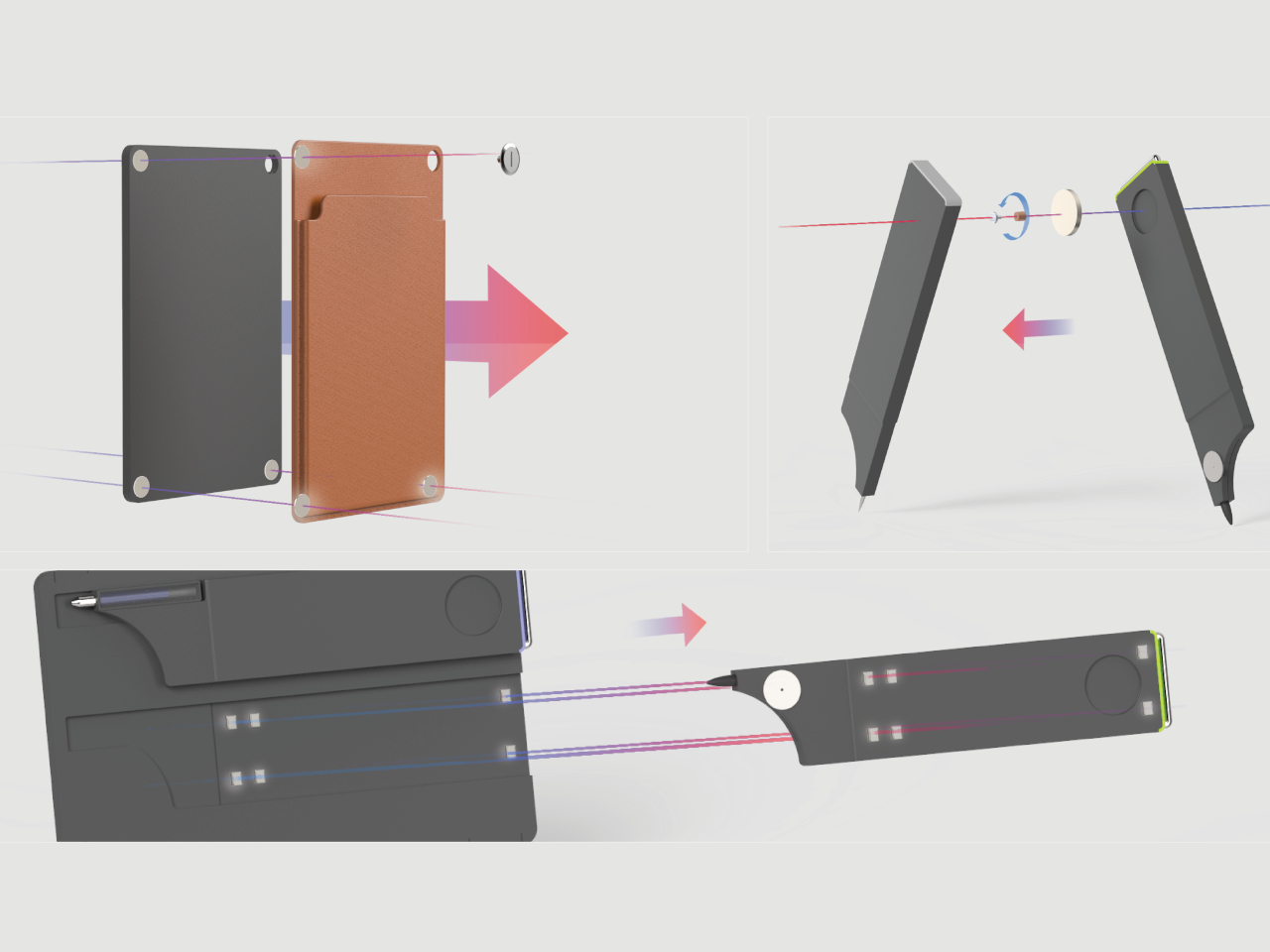
The compact form slips easily into any pocket, bag, or jacket without creating annoying bulk. A keychain loop allows you to attach Gifted to your backpack, purse, or keys, making it part of your everyday carry without requiring a dedicated storage spot or constantly hunting through bags.

Material choices balance durability with tactile appeal. The case is crafted from lightweight metal or high-quality plastic, with the tactile brown pocket providing visual and physical contrast. The orange accent adds personality without overwhelming the minimalist aesthetic, making the design feel considered and refined.
Available in both black and white finishes, Gifted adapts to different personal styles and environments. The understated design means it blends into professional settings, creative studios, or outdoor adventures without looking out of place. Whether you’re sketching in a notebook, leaving a note, or measuring a quick dimension, everything you need is right there.
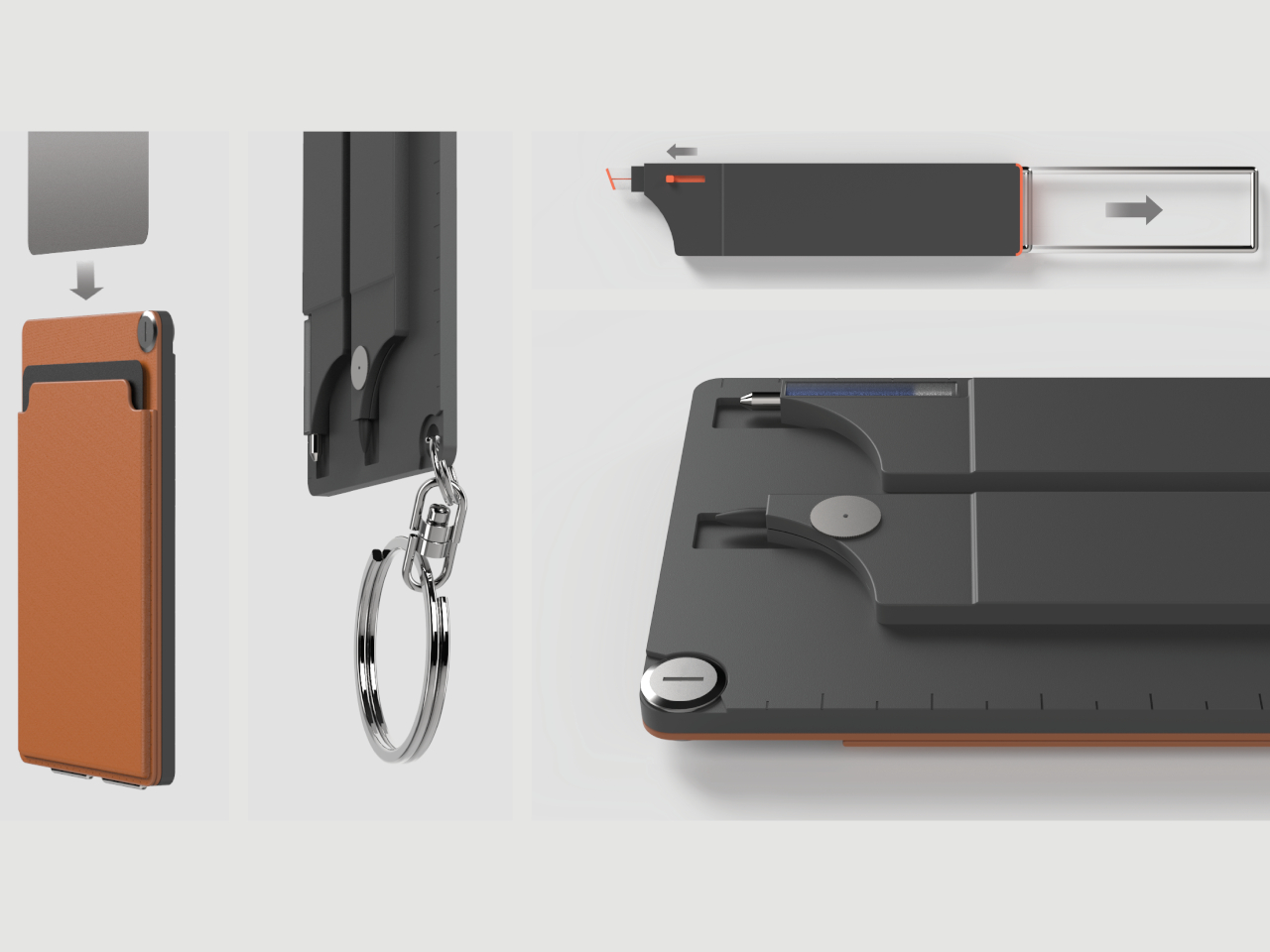

The concept targets creatives, professionals, and adventurers who value being prepared without carrying excessive gear. The clean presentation and thoughtful details make it an ideal gift for writers, designers, or anyone who appreciates clever everyday carry solutions that combine multiple functions without feeling overwrought or complicated.
Gifted turns writing essentials into a pocket-sized, modular accessory that encourages spontaneous creativity and organization. For anyone who loves to write, sketch, or stay prepared on the go, this concept offers a clever take on what everyday carry can be when design and functionality receive equal attention.

The post This Card Holder Has Magnetic Pens, a Ruler, and Hidden Compass first appeared on Yanko Design.
